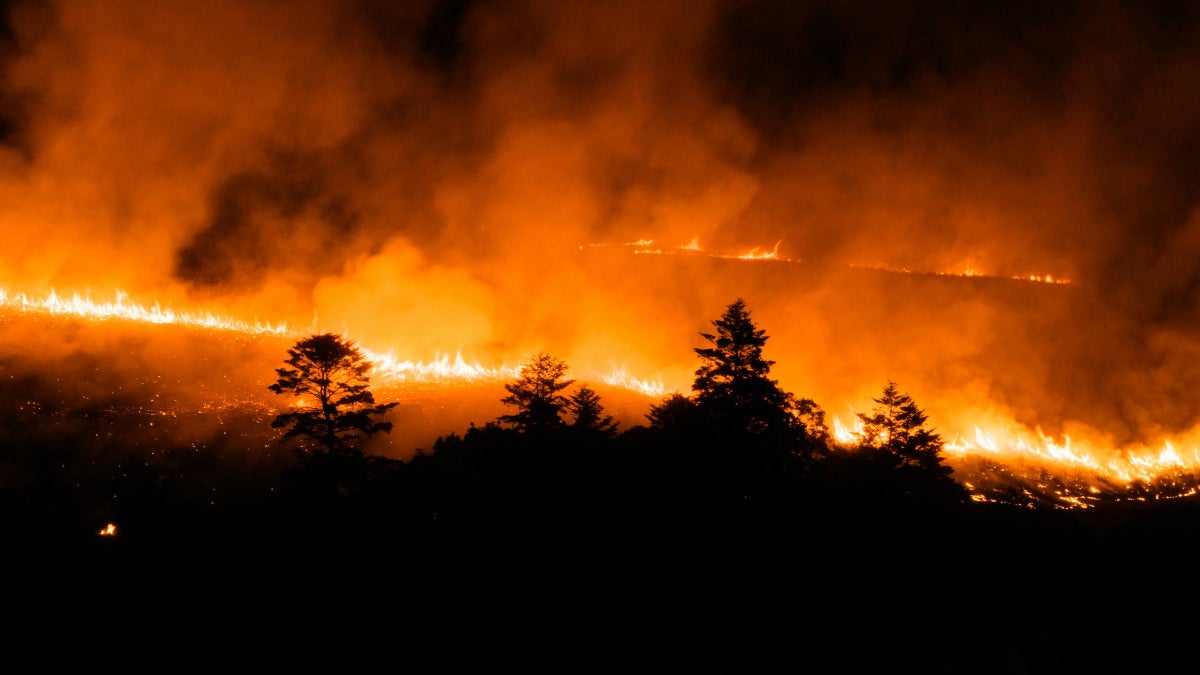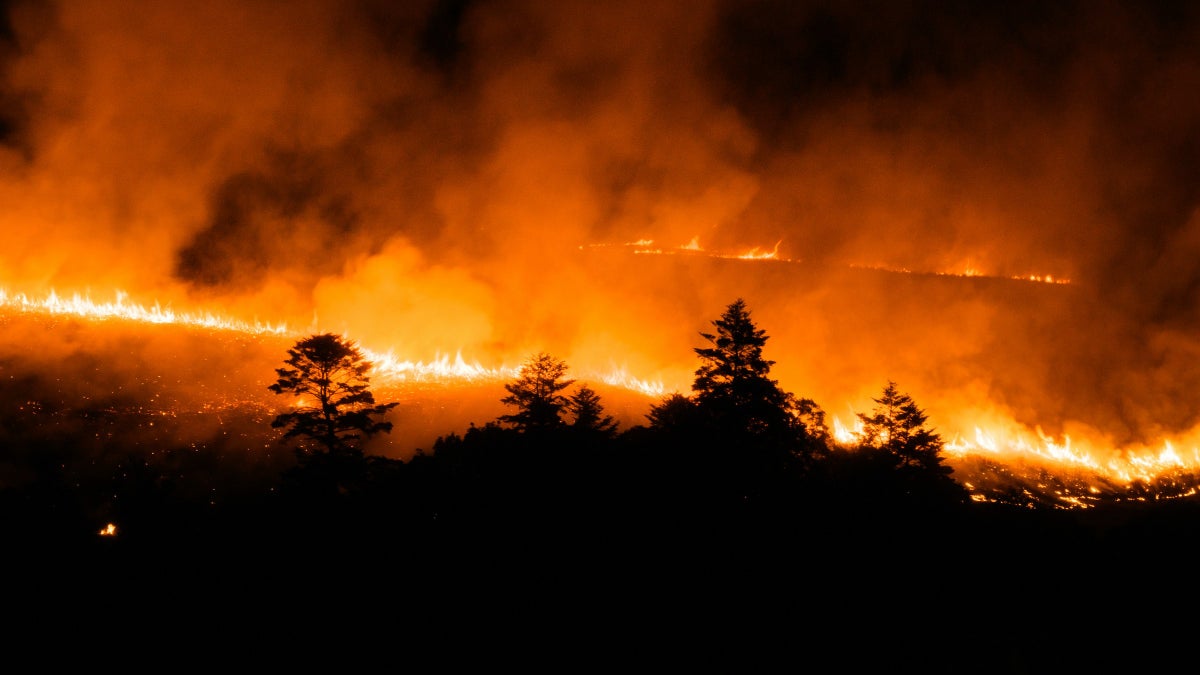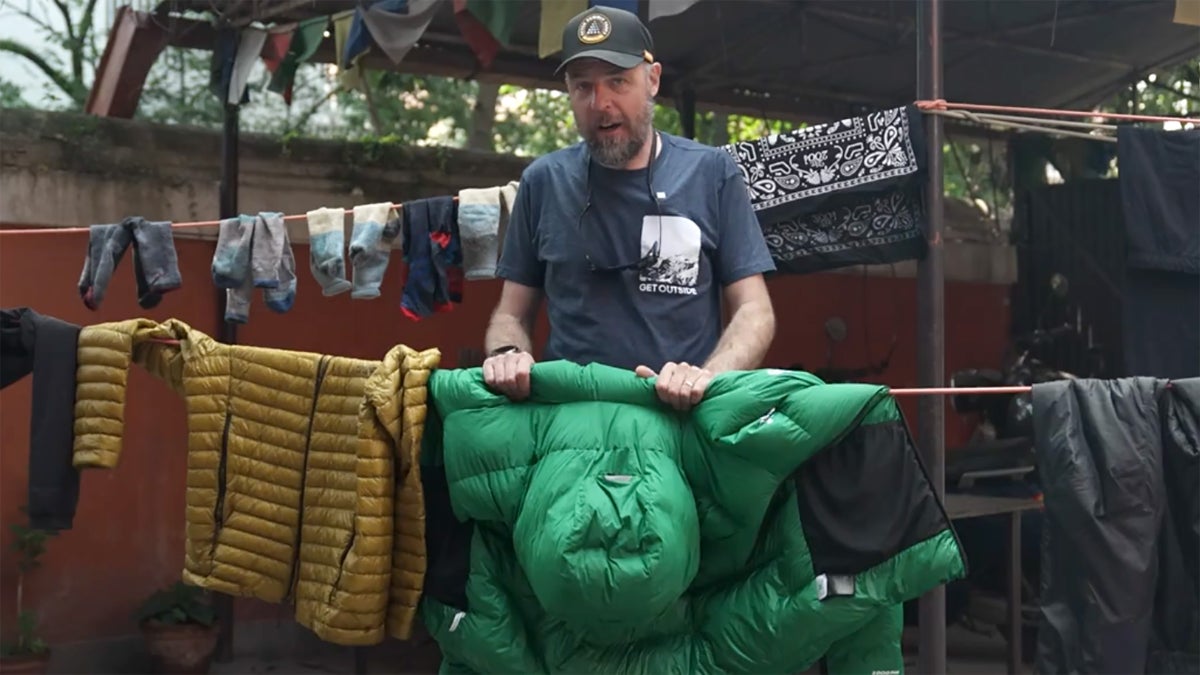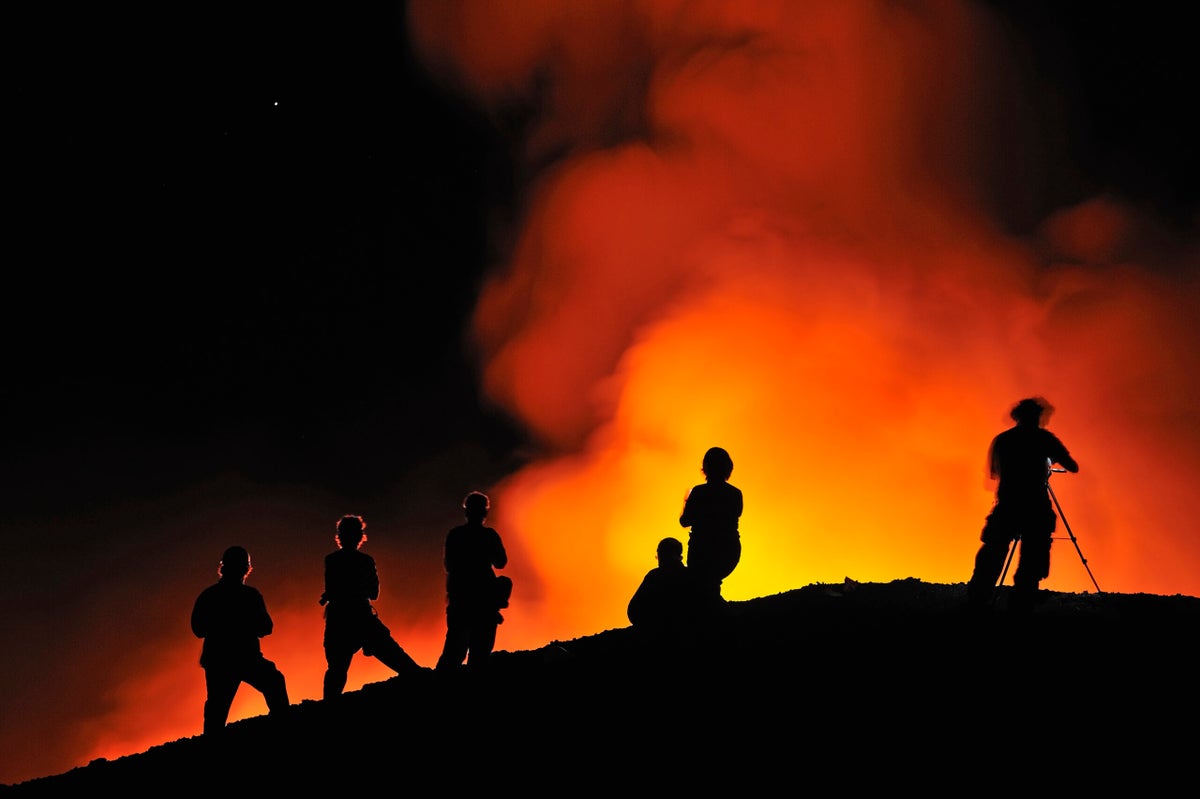
Last week, on June 14, I looked out my window and saw smoke—a thin plume of it—curling up over the foothills near Boulder, Colorado. My neighborhood group text immediately started blowing up: Did you see the smoke? How bad is it? What the hell—is fire season already here?
Living in the West, wildfire has always been a part of life. But over the last decade or so, blazes have grown increasingly frequent and intense across both the Western U.S. and Canada. In 2021, just a few miles from my home, the Marshall Fire destroyed nearly 1,000 buildings in the Colorado Front Range, reducing entire neighborhoods to ash. Many folks—my neighbors included—live in constant fear of the next fire.
So, even though firefighters quickly extinguished this recent blaze in Boulder, it still had me worried. Wildfire is once again a topic in the mainstream press: flames erupted in New Jersey’s Wharton State forest on June 13 and burned nearly 6,000 acres. The Eastern Sierra recently suffered a destructive fire, called the Inn Fire, and a number of blazes are actively burning across the Four Corners region.
Do these early-season fires portend a particularly destructive season to come? To find out (and hopefully put my group text’s fears to rest), I reached out to Daniel Swain, a climate scientist with University of California Agriculture and Natural Resources for an upcoming fire season prognosis. Swain, age 35, also lives in Boulder, and runs a website dedicated to fire and climate science called Weather West.
“The short answer is that in the Western U.S. and Canada, all the alarm bells are ringing,” Swain says. While Boulder’s recent fire wasn’t concerning or unusual, he explains, there are plenty of other signs that the 2025 fire season could be one for the record books.

Much of the Rocky Mountain Region had a warm and wet spring, which led to prolific vegetation growth. Here in Colorado, much of the Front Range is covered in lush green grass and overgrown bushes. Now, meteorologists are predicting a summer of record-breaking heat across the U.S. The next few weeks in particular are expected to bring hot, dry weather, which could turn all that veg to kindling.
“The more abundant the vegetation, the more biomass there is to burn,” Swain says. “So, in these grass and brush and mixed-brush ecosystems, wildfires tend to follow wet periods.” That’s exactly what happened just before the massive Los Angeles wildfires this January.
The other problem is that the hot spring weather melted the snow reserves in the high mountains across the West. That will leave high-altitude forests dry—and vulnerable to fires—come July and August.
“The last few summers were relatively quiet with regard to high-altitude forest fires,” Swain says. “But from the Eastern Sierra to the Northern Rockies, things are going to be very different this year.”
There are trickle-down effects to the lower elevations, too. Western rivers are swollen with snowmelt right now, but they’ll likely be dry by late summer. That could further parch the landscape. Between the meager river water and the plentiful vegetation, lowlands could face just as much risk as the upland forests.
“Unlike recent summers, where there was high fire risk in either one or the other locations, this year we’re going to see high risk across both ecosystems,” Swain says.
Likewise, Canada and the U.S. usually trade off bad fire seasons. In 2024, Canada had a rough year, and the U.S. contributed resources to help with Canadian firefighting. In recent years, the roles have been reversed, and Canada has sent wildland fire teams down to the Lower 48.
“But Canada is already having a terrible fire season,” Swain says. “The U.S. has been sending wildland firefighting crews north of the border. We may recall those crews from Canada when our season starts, which means they won’t have any availability to help us out. And all this is unfolding at a moment where there have been huge cuts to disaster preparedness and response in general in the U.S.—particularly to wildland fire response and disaster response on a national scale.”
Compounding the danger, this fire season could last longer and have a later peak—maybe into August or September—which could further strain wildland fire teams, Swain says. The thinner we spread our resources, the higher the risk of longer and more destructive fires.

The good news for East Coasters is that the risk seems concentrated in the West, Swain says. Much of New England, for example, is no longer experiencing drought, which means any fires there should be relatively small and easy to control. However, fires out West frequently affect air quality across the U.S. As a result, many Eastern communities will still feel the impact.
“It’s not your imagination—we do have a wildfire crisis in the West,” Swain says. “But part of the solution could be to embrace other forms of fire, including prescribed fire, Indigenous and cultural sources of burning, and ecologically minded burns.” Fire itself isn’t the problem, he adds; on its own, it’s a natural part of the landscape. At least that’s one bit of positive insight to bring back to the group text.
While some recent legislation and proposed Forest Service policies frame clear-cutting as a fire mitigation strategy, Swain cautions that that kind of treatment can actually increase fire risk over the long run. Instead, he says, land managers need to take a thoughtful, measured look at their approaches to fire mitigation. Selling public lands and widespread logging could be counterproductive, he warns.
“This year is going to be a blockbuster fire season,” he says. “It’s going to be a real test of some of the policies currently at play.”
The post A Climate Expert Says “Alarm Bells are Ringing” Over the 2025 Wildfire Season. Here’s Why. appeared first on Outside Online.














